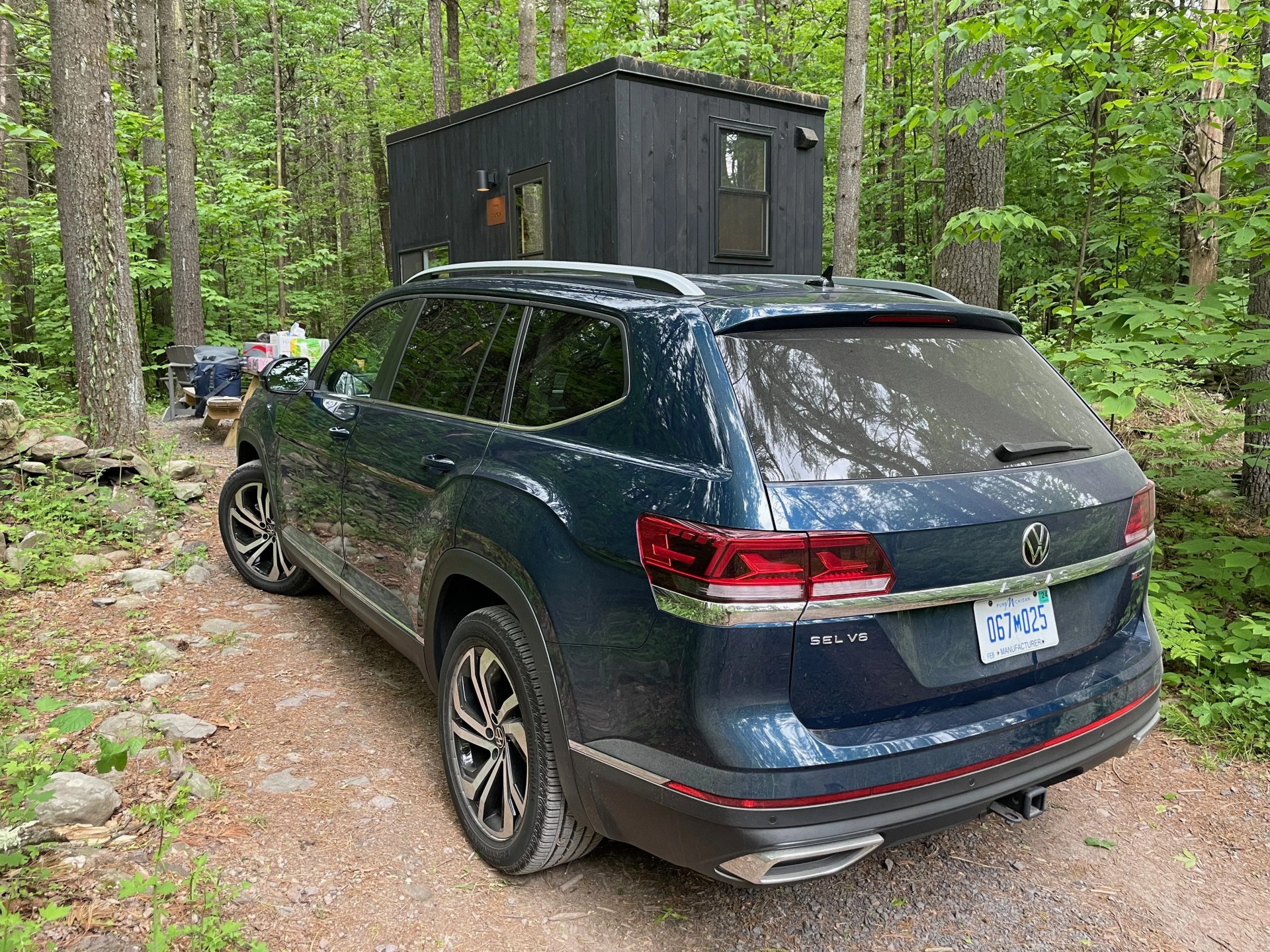Often times, car enthusiasts render a verdict on the nature of an automobile based on how well it can fulfill their more visceral motoring desires. Does it accelerate quickly? Brake hard and stop forcefully, but progressively? Take turns at high speed? Reward the driver with feedback from the steering, the suspension, the exhaust note?
But for most vehicles, that’s not what matters all that much. Sure, it’s nice to go fast, and it’s good to be involved in the drive — but having more than enough space and capability to haul people and cargo wherever, whenever will beat that nine times out of ten for the average driver. (If that weren’t the case, full-size pickups wouldn’t outsell everything else in America by a comfortable margin.)
By those less-exacting-but-no-less-important standards, the rise and, now, ubiquity of crossover make a ton of sense. Roomy interiors mean ample space for ever-expanding lives, four-wheel grip means weather is no longer something to be feared (as much, at least), and car-like unibody platforms enable (slightly) lighter construction, which in turn means less money spent building an SUV and less money spent filling it up at the pump.
And as it turns out, even a few years after it debuted, the Volkswagen Atlas is still a good example of the importance of those traits.
The Atlas excels at the simple travel from A to B
 Will Sabel Courtney
Will Sabel CourtneyI took the Atlas north to upstate New York for a long weekend at Getaway’s Eastern Catskills resort — a bucolic array of tiny house cabins (which are technically camping trailers by virtue of their wheels and tow hitch, but hey, why get hung up on labels?) nestled in a patch of verdant woods that’s just a few miles from the New York State Thruway but feels a good deal further from civilization. While there are plenty of ways to drive from Manhattan to the Catskills that will test a car and reward a driver, our desire to maximize our time there meant taking said thruway




